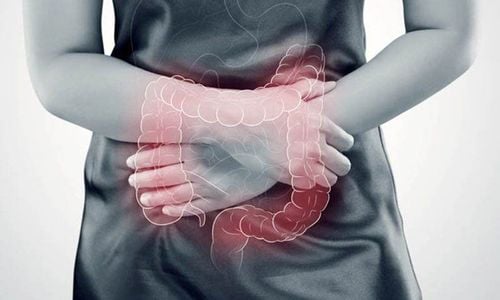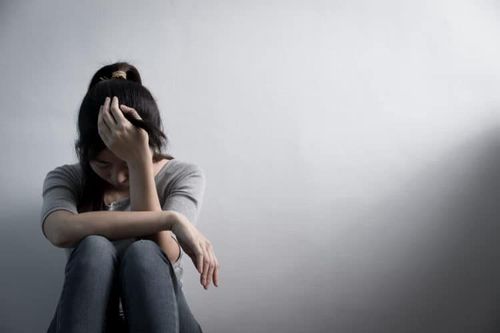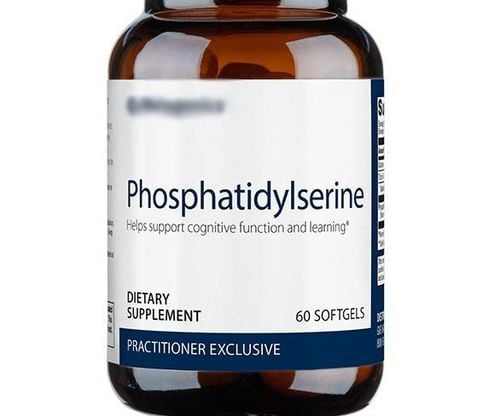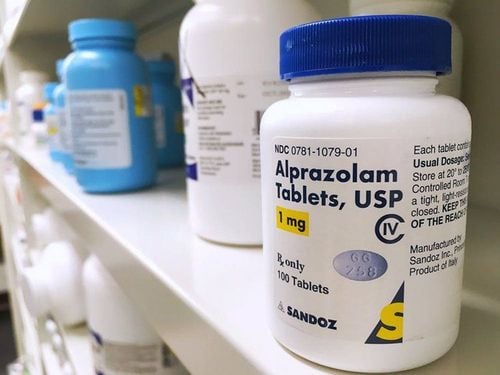This is an automatically translated article.
The article was professionally consulted by MSc Huynh An Thien - Department of Medical Examination and Internal Medicine, Vinmec Danang International General Hospital.After a stroke, a person may have some physical changes in the way they move, speak, or even go to the bathroom. At the same time, they may also have to accept certain changes in emotions and psychology. Depression and anxiety are common, along with anger, frustration, lethargy, sluggishness, and crying or laughing for no reason. Understanding the issue of emotional changes after a stroke, empathy for the patient is one of the essential things to help patients recover soon after a stroke.
The following are common emotional changes after a stroke:
1. Depression
Statistics at stroke centers and hospitals show that many people experience depression at some point after a stroke event. The milestone of recognition is usually within the first year.The person may feel sad, empty, irritable, helpless or hopeless. Sometimes they show signs of sleeping too much or too little, losing their appetite or eating a lot constantly, losing interest in things they used to enjoy. Even their loved ones, stroke patients are also indifferent, no longer interested, thinking about. Other patients complained of fatigue, lethargy, weakness or headache and did not respond to any conventional treatment. Moreover, many patients have had thoughts or have committed suicide.
Symptoms of depression are very faint at first, difficult to detect. Once the symptoms appear, the disease has become severe. At this time, the treatment is sometimes quite difficult, slow recovery. Therefore, when caring for someone who has had a stroke, family members need to pay attention to the patient, notice the first signs early, and notify the doctor at each routine visit for adjustment. timely.
2. Anxiety
An anxiety disorder is a persistent feeling of fear or anxiety, ranging from mild, fleeting to severe. When anxiety is severe, the condition can make the person feel restless, irritable, irritable or panicky, not having control over behavior. On examination, the patient sweats a lot, the heart beats fast, the limbs tremble, the breathing is shallow and fast.Along with depression, anxiety disorders are more likely to occur in subjects who have had this condition before the time of stroke.
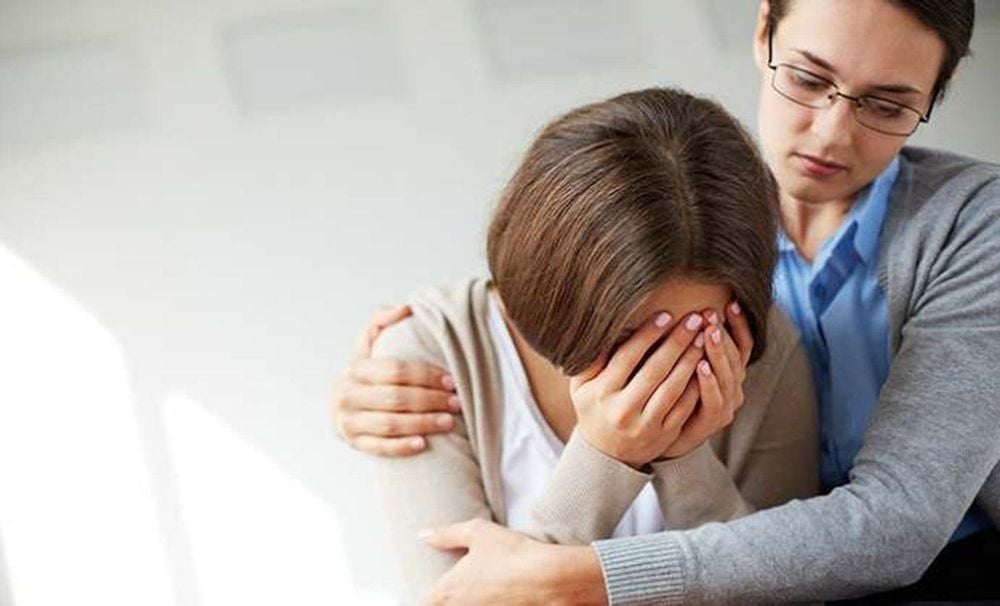
3. Can't control emotions
After a stroke, people may experience sudden, unpredictable changes in their emotional control. Specifically, they have emotional and psychological expressions that are not suitable for the situation they are facing. Patients can laugh when they are sad and vice versa, they will cry when they are happy.The causes of these disturbances are psychological disorders as well as physical damage to the advanced brain regions that control emotions and behavior in evolved animals. These changes are generally common in people after a stroke. However, for their loved ones, this is sometimes difficult to accept.
4. Other types of emotional changes
Apathy: The patient is indifferent, indifferent, completely unable to show any interest or emotion in everything around him. They also show no motivation to do anything, even day-to-day activities on their own; Outrage: A stroke is a hugely life-changing event. This is hard to accept in the first place. Some patients will express anger, aggression, resentment towards everything around and even themselves. They do not adhere to treatment, do not even need to eat and clean; Impulsive behavior: Damage to the brain in the area that controls behavior as well as psychological instability, obsessions, and paranoia can cause the patient to act out of control, endangering themselves and others. people around.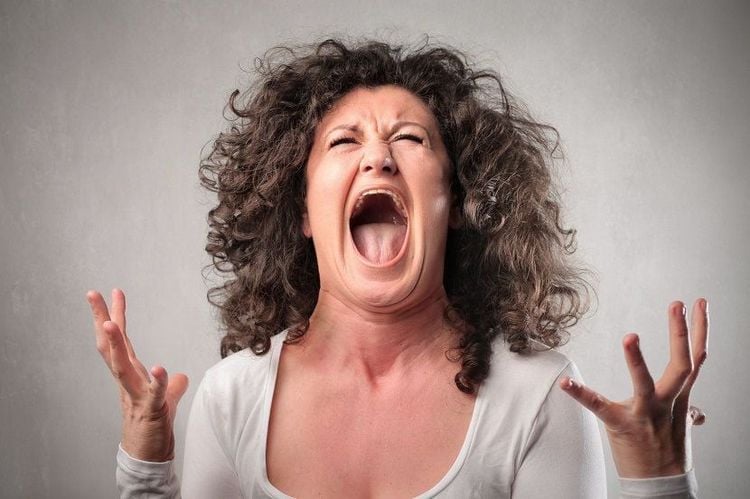
5. What is recovery like after a stroke?
Just as damage to the brain after a stroke requires treatment to heal, emotional disorders also require proper medical attention. As a rehabilitation therapy after stroke, these disorders can improve very well, especially if the person is treated aggressively right from the start:5.1. Coordination of treatment Stroke recovery is not only about restoring function of paralyzed organs, but also about preventing and treating the cause of stroke. Besides, if the patient's emotions and psychology are well managed, the effectiveness of controlling future stroke recurrence as well as restoring the integrity of the system will be enhanced. Therefore, care for people with stroke requires multi-faceted coordination between medical staff, rehabilitation technicians, caregivers and family members.
5.2. Ready to ask for support Stroke patients as well as caregivers of stroke patients, never think that you are completely alone, without anyone to share and empathize with. Instead, when in trouble, need advice, guidance, actively seek support.
People who can support you are general medical staff, relatives, carers of other patients and other patients themselves. When you talk to these people, they will pass on to you their experience, how they overcame. From there, you will soon clear your mind and find the answer wisely.
For stroke patients themselves, many studies show that, if they build more social connections that can help them, depression and anxiety will be significantly reduced.
5.3. Drug treatment In some cases of acute affective disorder, early onset or relatively severe presentation, the use of drugs is necessary. Your doctor will consider prescribing anti-depressants and anti-anxiety medications to correct these emotional disorders.
At the same time, the treatment needs to be clearly explained to the patient and caregiver in order to have high compliance, avoid drug abuse, and prevent side effects.
5.4. Psychotherapy Disorders of emotions, thoughts, and worries can be resolved simply by talking with therapists and psychologists. They will help you get to know yourself and find your way out.
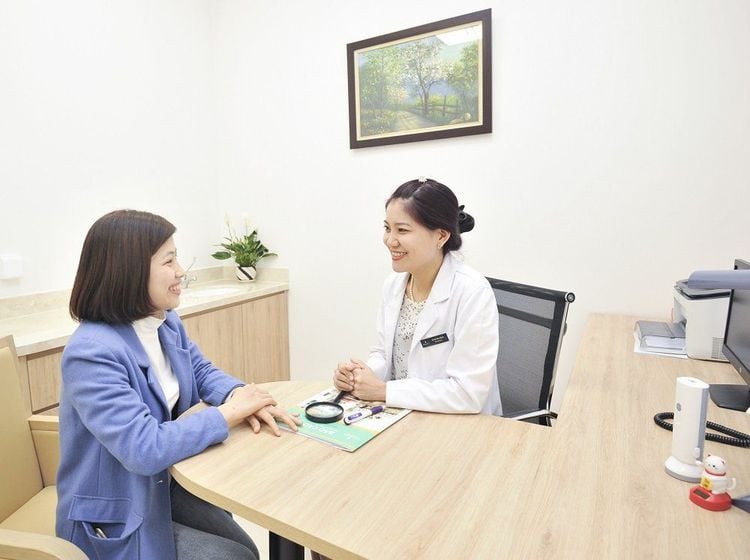
In which, exercise is also a great way to boost mood, release excess energy, and enhance cardiovascular health and muscle endurance. Working out with a rubber ball, a cane, brace, or walker are all great places to start.
5.6. Stay positive Accept a stroke as a health event, not an end to life.
Instead of being pessimistic and depressed, practice thinking positively, optimistically, and love life yourself to feel things lighter. When you feel like crying or laughing inappropriately, try focusing on something else. When you feel anxiety, fear, heart palpitations, stay calm, breathe deeply and slow down.
Besides, be bold and proactively ask for help from those around you. Thanks to that, you will feel sympathy, sharing and the burden of illness will be reduced faster.
In summary, emotional changes after a stroke are very common and can also be seen as physical impairments. Care and rehabilitation after stroke also need to focus on this issue, helping them have the ability to fully recover and reintegrate into the community.
Stroke is an extremely dangerous disease and can leave long-term sequelae both physically and mentally if not diagnosed and treated promptly. Therefore, early detection of stroke is extremely necessary.
Currently, Magnetic Resonance Imaging - MRI/MRA is considered a "golden" tool for brain stroke screening. MRI is used to check the condition of most organs in the body, especially valuable in detailed imaging of the brain or spinal nerves. Due to the good contrast and resolution, MRI images allow to detect abnormalities hidden behind bone layers that are difficult to recognize with other imaging methods. MRI can give more accurate results than X-ray techniques (except for DSA angiography) in diagnosing brain diseases, cardiovascular diseases, strokes,... Moreover, the process MRI scans do not cause the side effects seen in X-rays or computed tomography (CT).
Vinmec International General Hospital currently owns a 3.0 Tesla MRI System, which is equipped with state-of-the-art equipment by GE Healthcare (USA) with high image quality, allowing for a comprehensive assessment, without omitting the injury without leaving any damage. and reduce shooting time. Silent technology helps to reduce noise, create comfort and reduce stress for the client during the shooting process, resulting in better image quality and shorter imaging time. With the state-of-the-art MRI system With the application of modern methods of cerebral vascular intervention, a team of experienced and well-trained neurologists and radiologists, Vinmec is a prestigious address for stroke risk screening and screening. reliable goods.
In the past time; Vinmec has successfully treated many cases of stroke in a timely manner, leaving no sequelae: saving the life of a patient suffering from 2 consecutive strokes; Responding to foreign female tourists to escape the "death door" of a stroke;...
Please dial HOTLINE for more information or register for an appointment HERE. Download MyVinmec app to make appointments faster and to manage your bookings easily.
Reference source: strokefoundation.org; stroke.org.uk






